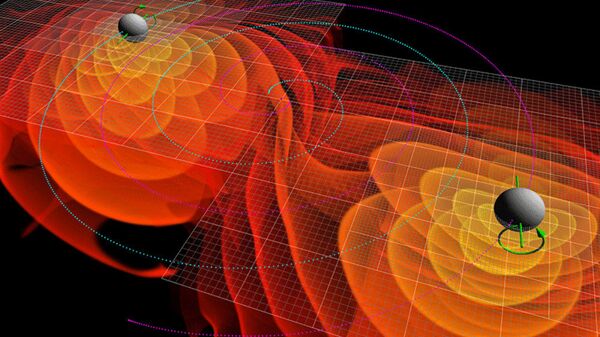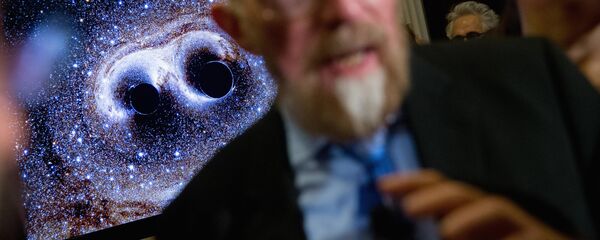In February scientists announced that for the first time they had observed ripples in the fabric of space-time, when LIGO's detectors picked up the gravitational waves on September 14, 2015.
They concluded that the gravitational waves were produced during the final fraction of a second of the merger of two black holes to produce a single, more massive spinning black hole.
Based on the observed signals, the scientists said the source was located in the Southern Hemisphere and estimated that the black holes for the event were about 29 and 36 times the mass of the sun, and that the event took place 1.3 billion years ago.
These two merging black holes were less massive (14 and 8 times the mass of our sun) than those observed in the first detection.
The scientists studied the signal detected on December 26, and found that again it agrees perfectly with Einstein's theory. They used 52 detailed computer models to demonstrate the interaction processes that could form a merging binary black hole system.
"Simple physical processes make the heavy black holes go to the center of the cluster," said Frederic Rasio, one of the authors of the paper.
"By the end of the decade, we expect LIGO to detect hundreds to thousands of binary black holes."




